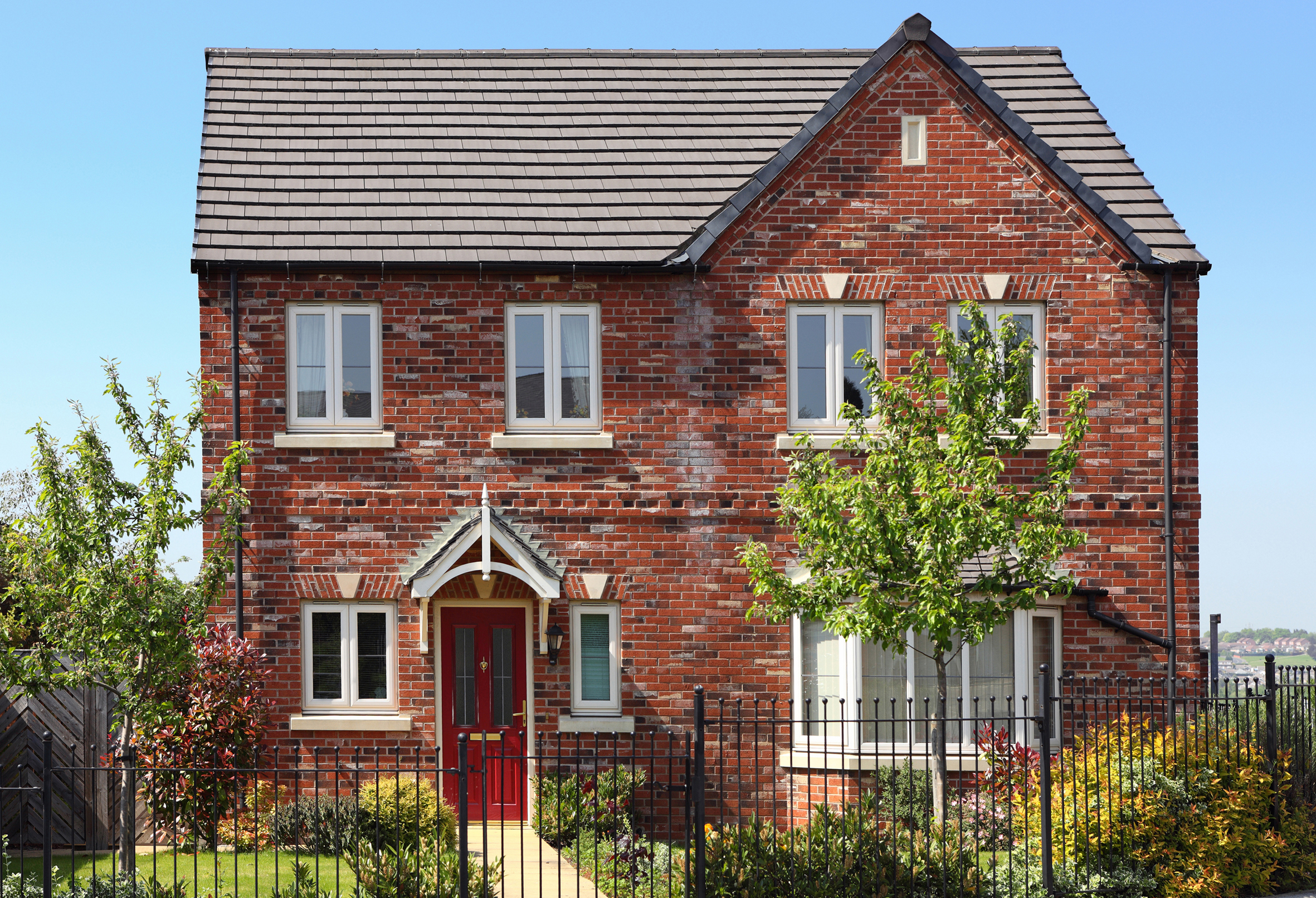Buy To Let
Second steppers’ housing affordability improves

Home affordability for second steppers has improved in the last year as a result of higher equity levels, according to a Lloyds TSB study.
The lender found that conditions in the housing market have improved for those who bought their first home after the market peak.
Second steppers are those who own their first home but are looking to take their second step on to the property ladder.
Housing affordability for second steppers – calculated as the average price of a typical second stepper home minus their current equity position – stood at 4.4 times gross annual average earnings in June 2013 compared with a ratio of 4.9 in June 2012.
A typical second stepper’s current funds account for 13% (£21,200) of the price of an average second home, a rise from 1% in 2012.
However the report concluded that for some potential second home movers this may still not be enough to put towards a deposit when also taking the cost of moving into account.
Nitesh Patel, housing economist at Lloyds TSB, said: “Housing affordability for the typical second stepper has improved in the past year. Nonetheless, there are many potential second steppers who are still in their first home which they bought in the run-up to, and at, the peak in house prices in 2007. Many of these homeowners may still be unable to move due to having either very low, or negative, equity in their homes.
“The lack of equity for many homeowners in their existing home largely explains why the number of homemovers in the first six months of 2013 was broadly unchanged compared with a year earlier in sharp contrast to the number of first-time buyers growing by close to 20% over the period.”
The average homemover deposit in 2013 is £70,540 and the average age of a homemover is 40.
There were around 149,000 homemover mortgages in the first half of 2013, marginally (2%) lower than a year earlier – low consumer confidence and a fragile economy impacted transactions in the early part of 2013. This is in sharp contrast to the 19% increase in first-time buyers.
A recent report also highlighted that the average first-time buyer can now expect to spend 14 years in their ‘starter’ home before they can take the second step on the property ladder.
On average, those currently living in their first home bought at the age of 28 – but they expect to be 42 before they buy their second property, the Post Office report found.
In contrast, first-time buyers in the late 1960s were aged around 25 when they took their first step on the property ladder and were just three years older, at 28, when they bought their second, the report said.
The gap between first and second homes has now increased to nine years – the average age of a first-time buyer between 2010 and 2013 was 30, moving onto their second home at the age of 39.